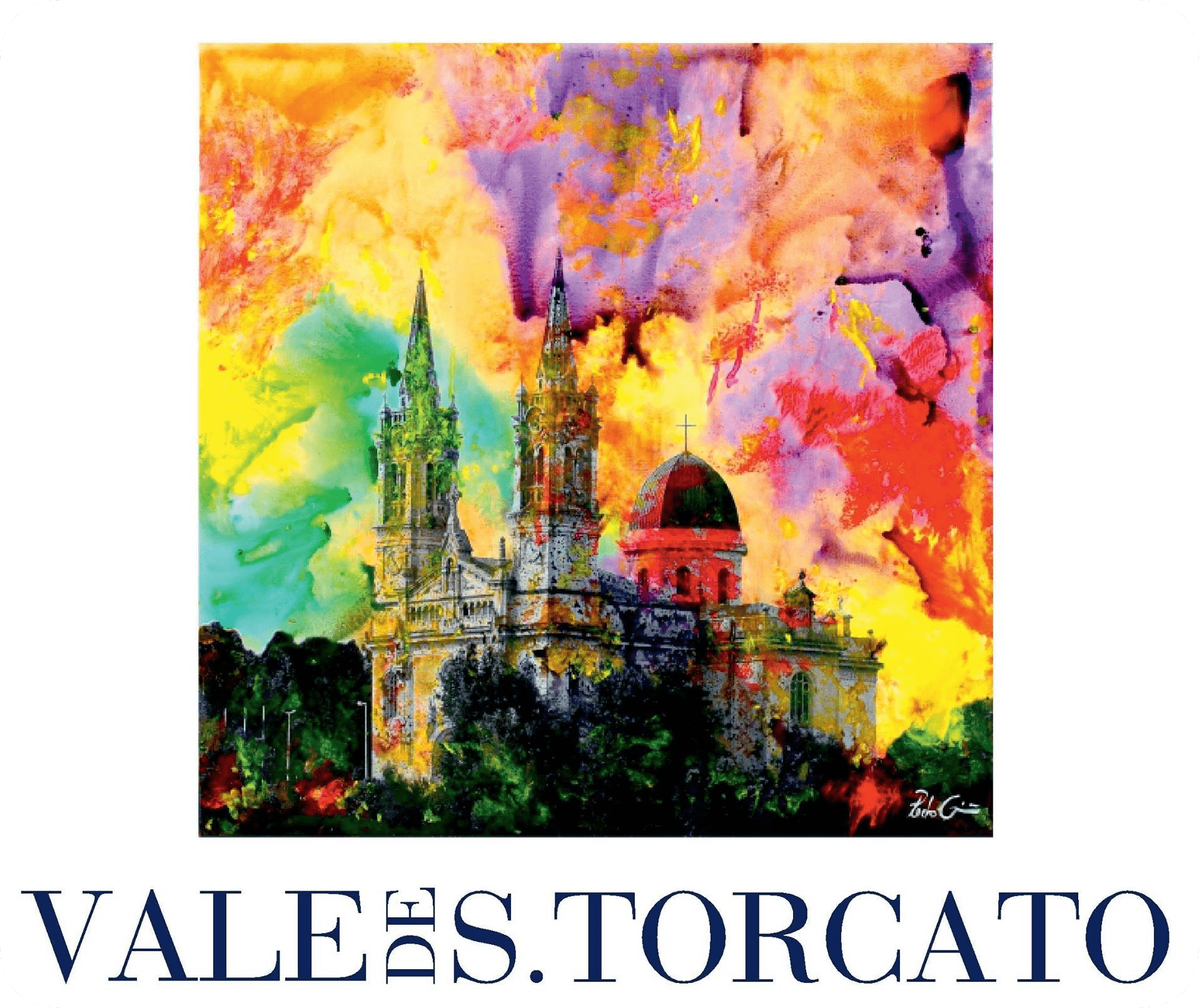Explore S.Torcato
S.Torcato is a small village 6 km from Guimarães, with a vast historical and cultural heritage, where you feel the harmony between Earth, Man and River, always connected by paths with history wich we try to recover and preserve. It is a valley of rural traditions, with the introduction of hard corn in the mid-sixteenth century, mills played an important role in local economic development. Characteristic hanged vineyards, that flank cultivated fields and the river, in harmony with the mills, give a beautiful landscape, unique and different, particular of Minho's region. Land of faith and strong traditions and secular culture, the cult of S.Torcatohas as highlight the Romaria Grande on the 1st Sunday of July. The town offers visitors other curiosity reasons, in addition to the beautiful granitic Sanctuary, two surround parks, Ethnographic Museum and of Sacred Art, the Chapel of Fonte do Santo, where S.Torcato was martyred in the year 715, when intended to prevent the advance of the Arab army Muça, general of Tarik, over the region. According to tradition, his body was discovered by a benedictine monk, under a lot of stones, in the place where today stands the Chapel of Fonte do Santo. The monument with more history is, without doubt, the Igreja Velha of S.Torcato, where, for centuries, was collected the holy body uncorrupted.
You can find more details at JF S.Torcato.
São Torcato, holy body,
Wich give to those who come to see you?
Water from my source
For those who want to drink it.
Experience the adrenaline or, simply, enjoy the contact with nature.
VivaPark provides the tools to have fun with family or friends, on a different day with multiple options and fun based on adventure.
At VivaPark, people are the protagonists of this great adventure, you choose your challenges, you act, you decide where you want to go.
Learn more at VivaPark
Camélias Park Flavius stands out for the importance it gives to camellias, in here you can enjoy the most varied species of these plants. Among which are noteworthy species such as c.changii (azalea), c.amplexicaulis, several different species of c. chrysantha (known for its yellow flowers). Also noteworthy is the large collection of portuguese camellias (more than 200 different cultivars), the huge variety of japonicas, sassanquas and hybrid and also for having the largest collection of camellias Reticulatas of the country (also over 200 different cultivars).
Approximately 100 meters next to Vale de S.Torcato.
Learn more through facebook Camélias Park Flavius
Explore Guimarães
Guimarães is a city with a glorious historic past, presenting high degree of authenticity in the urban fabric and built. Much of the built structure dates back to the seventeenth century. These buildings constitute a cultural heritage, inherent in heritage safeguarding. The authenticity and integrity of these building systems, is of exceptional singular value. The Largo da Oliveira is surrounded by a set of heritage value buildings, namely: the church Nossa Senhora da Oliveira, the “casas alpendradas” housing buildings erected with traditional construction systems, still containing a gothic porch with standard designated Salado. The Praça de Santiago, surrounded by residential set of greatest artistic and environmental quality of centuries 17 and 18, it is marked by the old building presence Casa da Câmara, whose ground-floor consists of a porch supported by gothic arches, singular element of articulation between it and the Largo da Oliveira. The street of Santa Maria, one of the most ancient streets of medieval garb, connecting mainshaft between the core Castle, located in high elevation and the core of the monastery, in the lower part of the village. The Nova or Egas Moniz street, which features a built in very different times, since medieval architectural elements to the architecture of centuries 17 a 19, deserving highlight the Casa da Rua Nova of medieval roots, suffering modification works in the seventeenth century, which is one of the most characteristic examples of typological designated bounce houses. The Historic Center of Guimarães was recognized by UNESCO, in 2001, as Humanity Cultural Heritage.
For more information we recommend you to visit Guimarães Tourism.




































